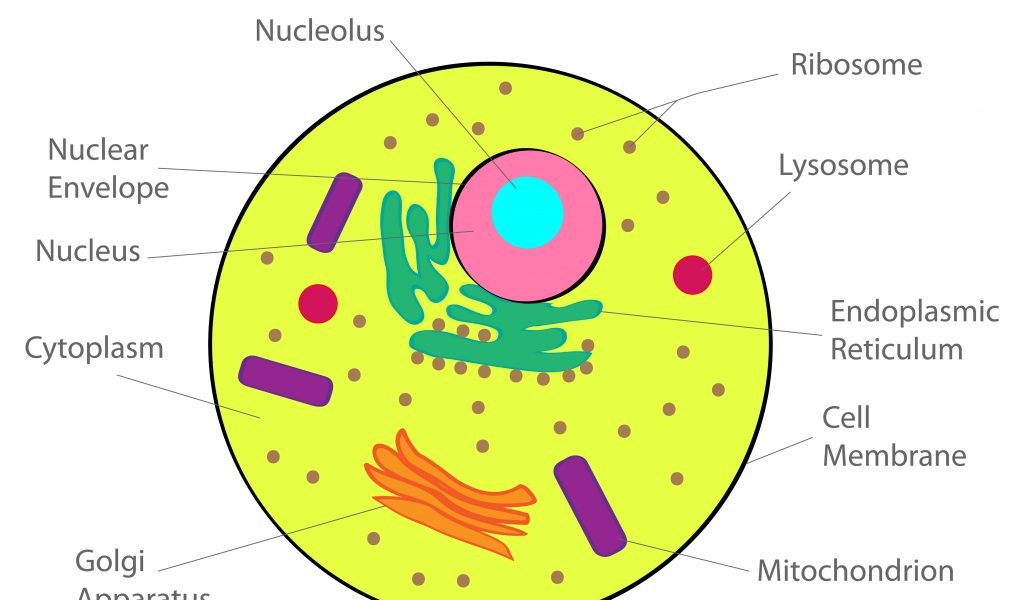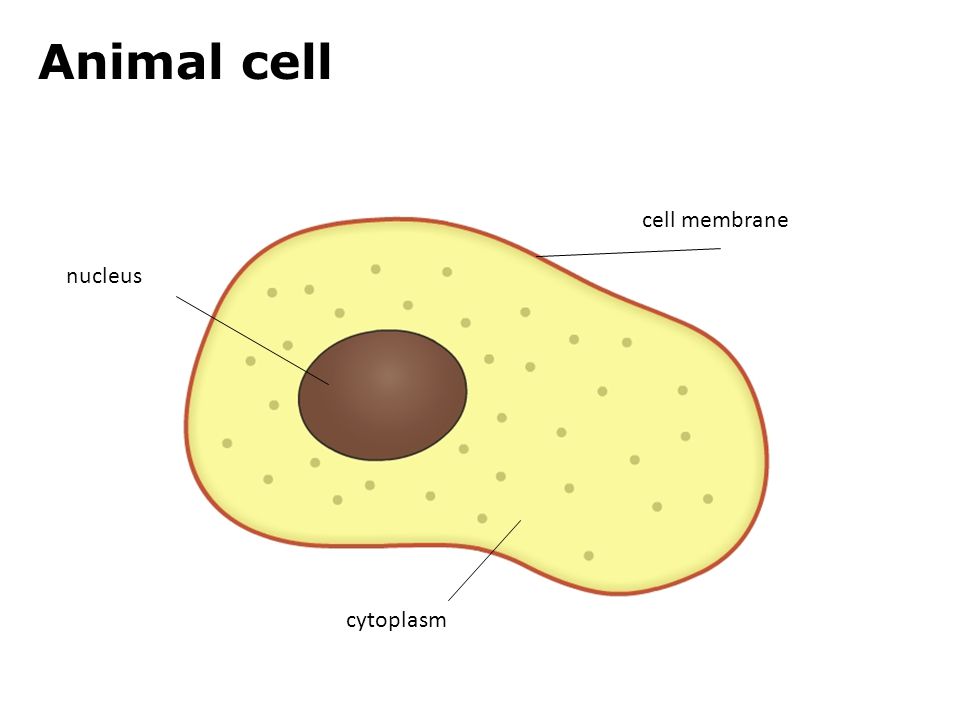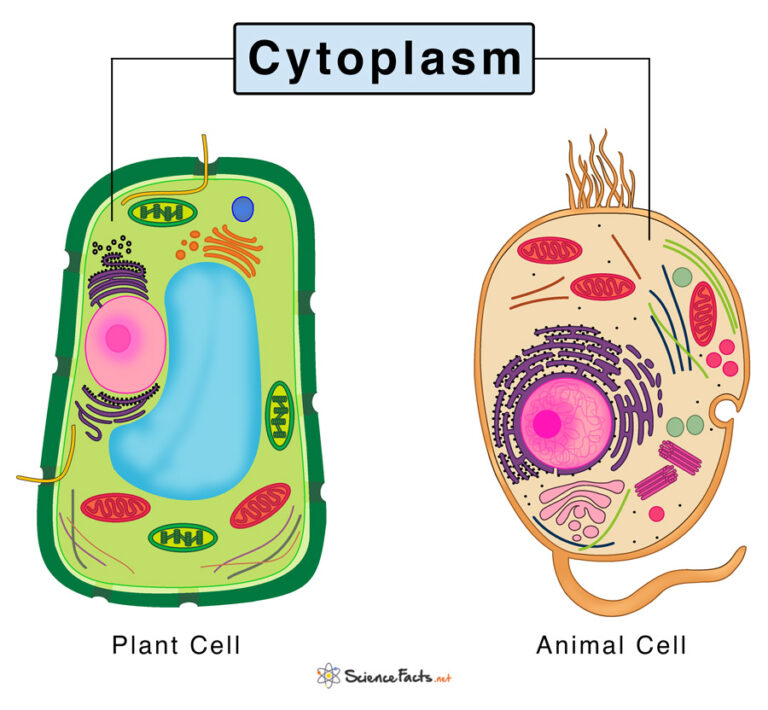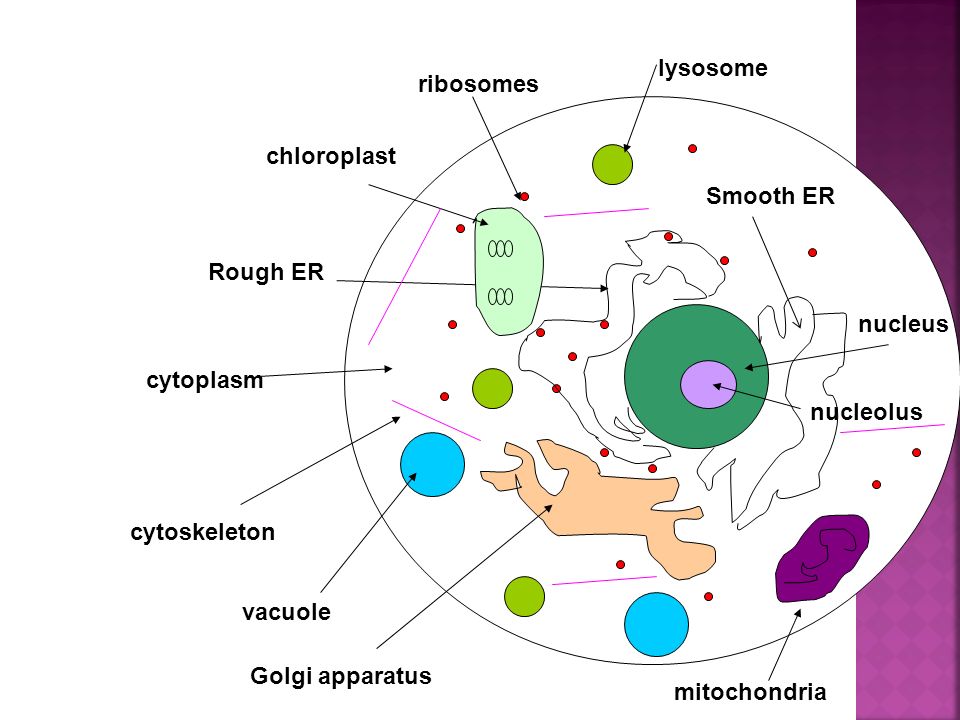Jeff hardy drawing
Table of Contents
Table of Contents
Have you ever wondered how to draw cytoplasm? If you are a student or a science enthusiast, you may have come across this topic in your studies. Drawing cytoplasm may seem like a daunting task, but with the right techniques and understanding, it can be a fun and rewarding experience. In this article, we will explore the world of cytoplasm, its structure, and functions, and show you how to draw it step-by-step.
Pain Points of Drawing Cytoplasm
As with any scientific illustration, drawing cytoplasm requires attention to detail and accuracy. The challenge lies in understanding the structure and function of the cytoplasm, as well as the various components that make it up. Many individuals struggle with capturing the complexity of the cytoplasm in a 2D illustration, which can lead to frustration and discouragement.
How to Draw Cytoplasm
To begin drawing cytoplasm, start with a basic sketch of the cell membrane and nucleus. Once you have established the basic framework of the cell, focus on the cytoplasm. The cytoplasm is composed of various organelles such as the mitochondria, endoplasmic reticulum, and ribosomes. Understanding the location and function of these organelles is crucial for accurately representing the cytoplasm in your drawing. It is also essential to pay attention to the texture and shading of each organelle, as this will bring your illustration to life.
Summary of Main Points
In summary, drawing cytoplasm can be challenging, but with practice and the right techniques, it can be an enjoyable task. The cytoplasm is composed of various organelles, and understanding their location and function is crucial for accuracy. Paying attention to texture and shading is also important in bringing your illustration to life.
Step-by-Step Guide to Drawing Cytoplasm
My personal experience with drawing cytoplasm started when I was in high school biology class. I struggled with the concept of accurately depicting the structure and function of the cell’s cytoplasm. However, with practice and the techniques below, I was able to create accurate illustrations.

 Step 2: Add the cytoplasm, paying attention to location and texture.
Step 2: Add the cytoplasm, paying attention to location and texture.
 Step 3: Add the organelles such as mitochondria, endoplasmic reticulum, and ribosomes.
Step 3: Add the organelles such as mitochondria, endoplasmic reticulum, and ribosomes.
Exploring the Components of Cytoplasm
The cytoplasm is a complex structure composed of various organelles that work together to keep the cell functioning. Organelles such as mitochondria are responsible for energy production, while the endoplasmic reticulum helps to transport proteins throughout the cell. Understanding the location and function of each organelle is crucial for accurately representing the cytoplasm in your drawing.
Importance of Textures and Shading
Textures and shading are crucial elements in bringing your cytoplasm drawing to life. The cytoplasm has a granular texture that can be captured through shading and attention to detail. Pay attention to the location of each organelle and the shading required to accurately depict its texture.
Tips and Tricks for Drawing Cytoplasm
When creating a cytoplasm drawing, it is important to keep in mind that accuracy and attention to detail are key. Below are some tips and tricks to help you create a realistic representation of the cytoplasm:
- Start with a basic sketch of the cell membrane and nucleus.
- Focus on the texture and shading of each organelle.
- Use a variety of shading techniques, such as cross-hatching and stippling.
- Pay attention to the location and function of each organelle.
Question and Answer
Q: How do I know where to place each organelle in my cytoplasm drawing?
A: It is important to research the location and function of each organelle prior to drawing. Use accurate scientific illustrations and textbooks as a reference.
Q: How do I capture the granular texture of the cytoplasm in my drawing?
A: Pay attention to the location and shading of each organelle. Use a variety of shading techniques to create depth and texture.
Q: Can I use colored pencils or markers to create my cytoplasm drawing?
A: Absolutely! Colored pencils and markers can add depth and vibrancy to your cytoplasm illustration.
Q: How long does it take to create an accurate cytoplasm drawing?
A: The length of time it takes to create an accurate cytoplasm drawing depends on your skill level and attention to detail. Start with a basic sketch and build upon it as you gain experience.
Conclusion of How to Draw Cytoplasm
Drawing cytoplasm may seem daunting at first, but with practice and the right techniques, anyone can create a realistic and accurate scientific illustration. Understanding the structure and function of the cytoplasm and its various organelles is crucial for achieving accuracy. Paying attention to texture and shading is also important in bringing your drawing to life. Use the tips and techniques outlined in this article to create a beautiful and accurate cytoplasm illustration.
Gallery
Cytoplasm Drawing At GetDrawings | Free Download

Photo Credit by: bing.com /
Jeff Hardy Drawing | Free Download On ClipArtMag
Photo Credit by: bing.com / drawing cytoplasm hardy jeff clipartmag
Cytoplasm: Definition, Structure, & Functions With Diagram

Photo Credit by: bing.com / cytoplasm diagram sciencefacts biology
Cytoplasm Drawing At GetDrawings | Free Download

Photo Credit by: bing.com / drawing cytoplasm getdrawings
Drawing Of Cytoplasm At PaintingValley.com | Explore Collection Of

Photo Credit by: bing.com / cytoplasm drawing cell drawings construction paintingvalley





